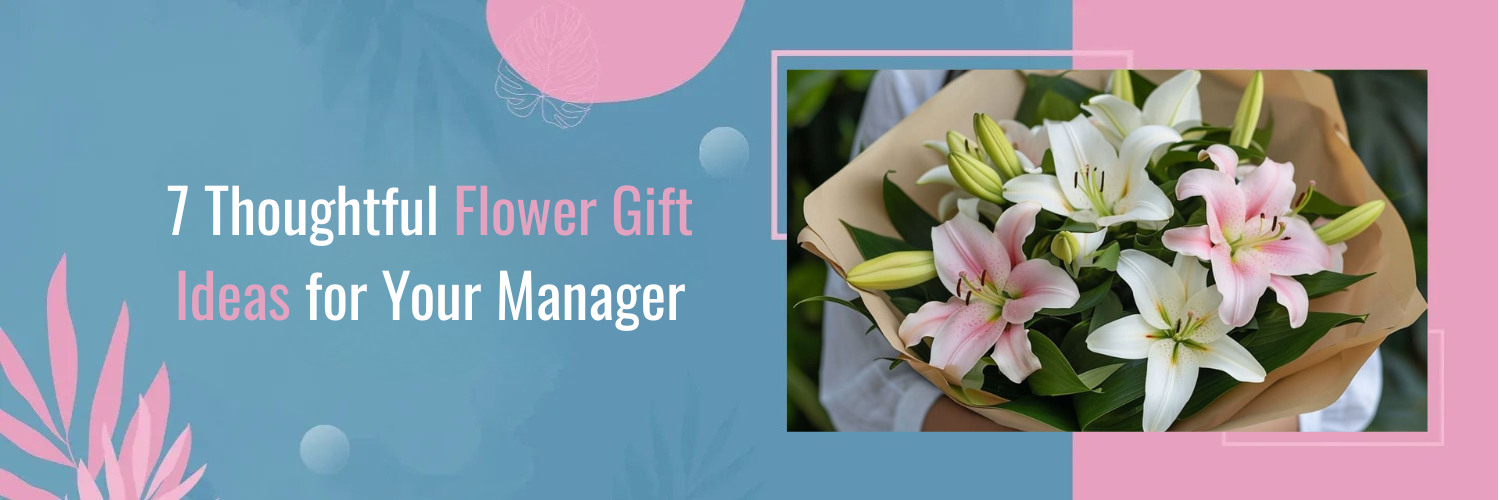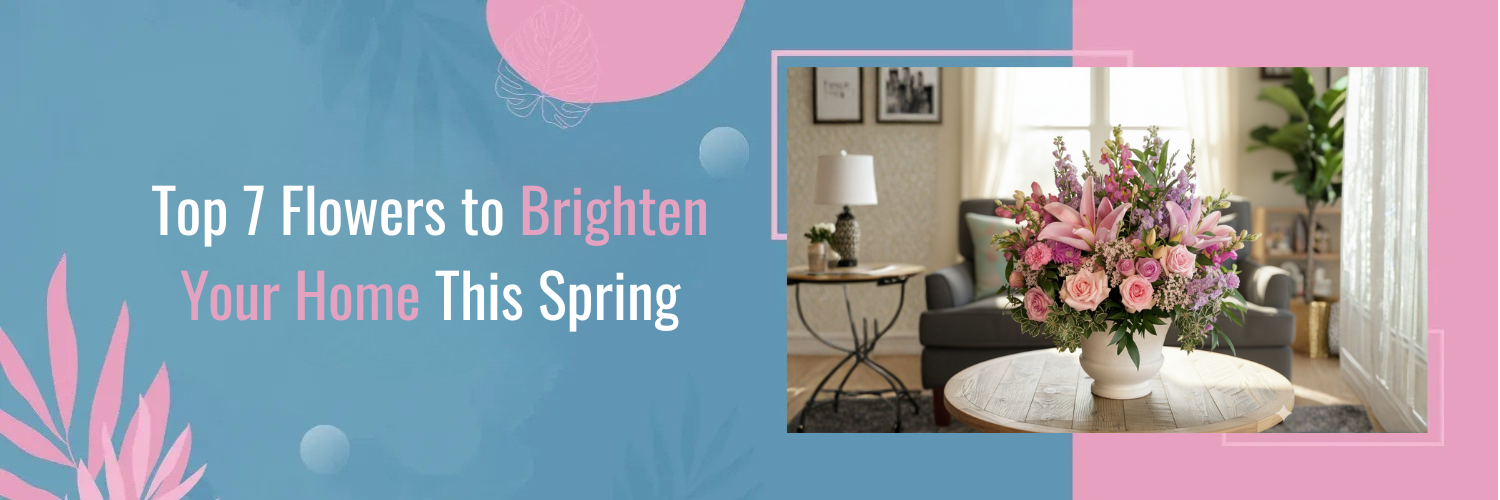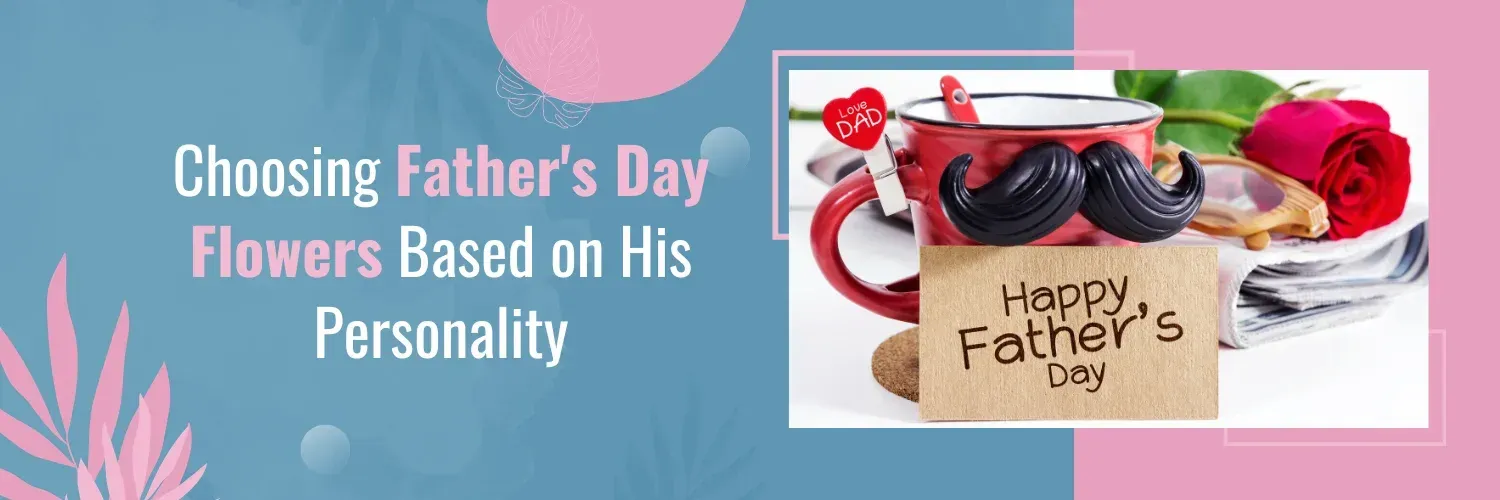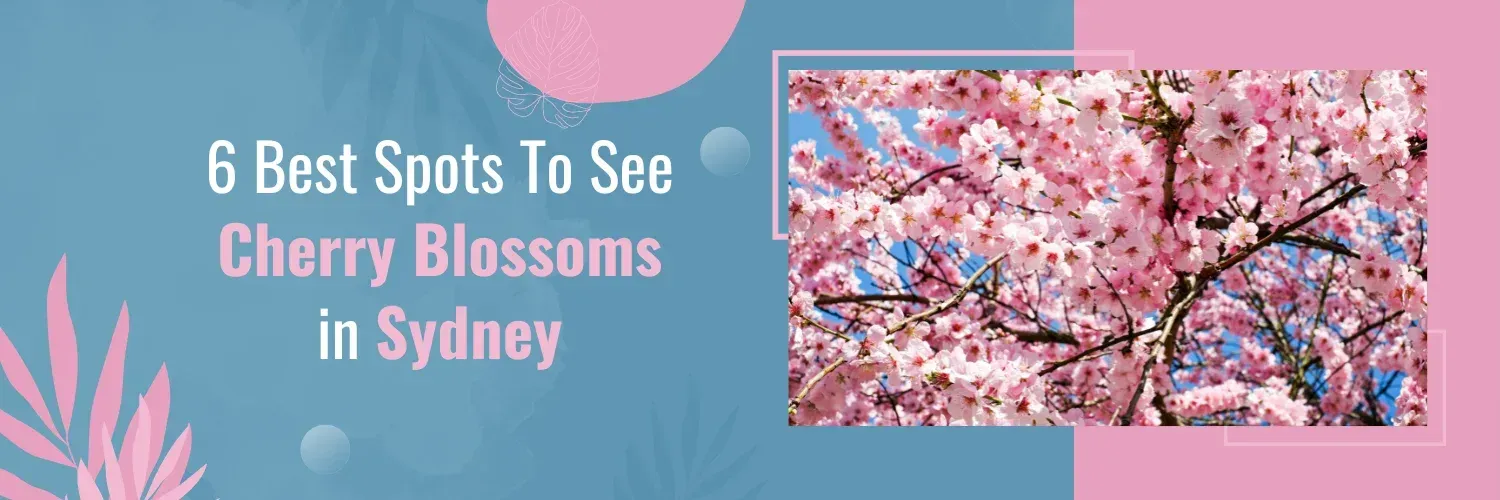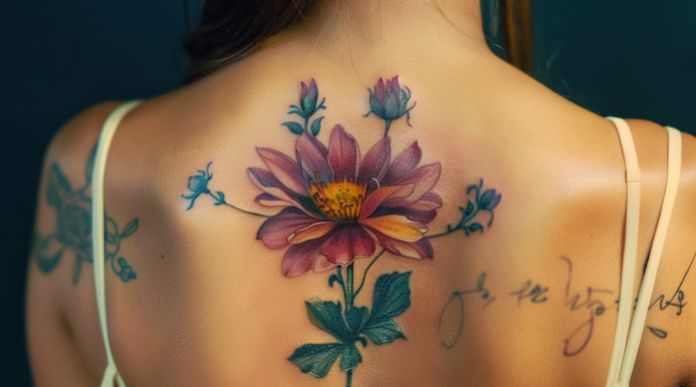Greenery for Flower Arrangements
Flower arrangements are a delicate dance of color, shape, and texture. Yet, amidst the vibrant petals and blossoms, the often-underestimated role of greenery plays a crucial part.
Greenery, including leaves, stems, and foliage, serves as the supporting cast that enhances the beauty of the blooms. It provides structure, texture, and depth to arrangements, elevating them from good to extraordinary.
The art of mastering greenery in flower arrangements is an essential skill for any aspiring floral artist. While flowers capture attention, it’s the intelligent use of greenery that creates a cohesive and visually appealing composition. By learning to harmoniously balance the lushness of foliage with the allure of flowers, you unlock the potential to craft arrangements that are both captivating and well-rounded.
Types of Greenery for Floral Design Styles
Greenery forms the backbone of any captivating flower arrangement, providing a canvas upon which the blooms can shine. The world of greenery involves exploring an array of foliage types, each offering its unique characteristics and contributions to the overall aesthetic. Here, we’ll dive into the fascinating realm of greenery varieties, discussing the different foliage types and their roles in enhancing floral compositions.
Foliage Varieties
- Broadleaf Foliage: Imagine the lush, decorative leaves of plants like hostas, peace lilies, and philodendrons. Broadleaf foliage is characterized by its wide, often ornamental leaves that serve as a backdrop for more intricate flowers. These leaves create a sense of fullness and elegance in arrangements, offering a complementary base that supports and frames the blooms. They lend an air of refinement and visual weight, guiding the eye through the arrangement.
- Needle-like Foliage: Conifers, pine branches, and other needle-like foliage bring a touch of sophistication and evergreen charm to arrangements. Their slender, elongated leaves provide a graceful and linear contrast to the roundness of flowers. Needle-like foliage introduces a sense of verticality and structure, making it ideal for creating arrangements with height and depth.
- Ferns and Fronds: Ferns and fronds add an element of wild beauty to flower arrangements. With their feathery textures and delicate appearance, they introduce movement and softness to compositions. Ferns often evoke a sense of woodland enchantment, while fronds can lend an exotic and tropical flair. Their airy, branching forms create a sense of organic elegance, allowing for intricate layering within arrangements.
- Grasses and Sedges: The slender and graceful forms of grasses and sedges offer a dynamic contrast to the lushness of flowers. Their linear and wispy nature brings a sense of playfulness and movement to arrangements. Whether it’s the feathery plumes of pampas grass or the slender blades of carex, these elements can be used to evoke natural landscapes, such as meadows or riverbanks. They can be strategically placed to create a sense of rhythm and flow within the arrangement.
Incorporating Greenery into Arrangements
Creating a harmonious and captivating flower arrangement goes beyond the selection of blooms; it involves the artful integration of greenery. Greenery serves as the architectural framework that supports and enhances the beauty of flowers. In this section, we’ll explore the techniques and strategies for incorporating greenery into your arrangements, ensuring that every leaf and stem plays its part in creating a visually stunning composition.
Complementary Roles of Greenery
- Providing Structure and Form: Greenery acts as the structural foundation of an arrangement. It defines the shape, outline, and overall form, giving the composition a sense of coherence. Just as the bones of a building provide stability, the stems and leaves of greenery lend stability and a sense of order to your floral creation. This structure serves as a canvas upon which the flowers can shine.
- Enhancing Flower Colors: The colors of greenery can serve as a backdrop that highlights the hues of the flowers. The deep greens can create a contrast that makes the colors of the blooms pop. By strategically placing greenery with complementary shades or textures, you can create a dynamic interplay of colors that draws the eye and adds vibrancy to the arrangement.
- Adding Depth and Dimension: Layering greenery within an arrangement adds depth and dimension. The various heights, textures, and densities of leaves create visual layers that make the composition visually engaging from every angle. Greenery can be used to create both foreground and background elements, adding complexity and intrigue to the overall design.
Techniques for Placement
- Creating a Foliage Base: Start by creating a base of greenery that defines the overall shape and volume of the arrangement. This foundational layer provides a canvas on which you can build the rest of the composition. Use larger, broadleaf foliage to establish the shape and outline, ensuring a balanced distribution that supports the flowers without overwhelming them.
- Interspersing Greenery Evenly: Even distribution of greenery throughout the arrangement is essential to maintain visual balance. Avoid clustering too much greenery in one area, as it can create a heavy and unbalanced look. Instead, distribute the leaves and stems evenly, allowing them to guide the viewer’s eye smoothly through the arrangement.
- Allowing Natural Movement: Embrace the organic and natural growth patterns of greenery. Allow stems to arch and curve as they naturally would, creating a sense of movement and life within the arrangement. Natural movement adds an element of realism and beauty as if the arrangement were plucked directly from a garden.
Design Principles with Greenery
The art of flower arrangement is a harmonious interplay between colors, shapes, and textures, and greenery is a vital component that brings these elements together. Understanding the design principles that govern the use of greenery allows you to create arrangements that are visually captivating and emotionally resonant. Let’s explore the principles of balance, proportion, contrast, and harmony and how they apply to the world of greenery.
Balance and Proportion
- Achieving Visual Equilibrium: Balance is a fundamental principle in design, and greenery plays a significant role in creating it. Use greenery to counteract the visual weight of larger flowers or focal points within the arrangement. Balancing the distribution of greenery throughout the composition creates a sense of stability and equilibrium.
- Using Greenery to Adjust Height and Volume: Greenery offers a versatile tool for adjusting the height and volume of an arrangement. Tall stems can add verticality, while cascading foliage can lend a sense of flowing movement. The careful placement of greenery allows you to control the arrangement’s proportions, ensuring that no element feels overwhelming or disproportionate.
Contrast and Harmony
- Playing with Leaf Shapes Against Flowers: The contrast between the shapes of leaves and flowers adds a dynamic and engaging visual element to arrangements. Pairing rounded petals with angular leaves or delicate blossoms with broad leaves creates a visually striking contrast that captures attention. This contrast can be used to guide the viewer’s gaze and emphasize focal points within the arrangement.
- Achieving a Harmonious Overall Arrangement: While contrast adds visual interest, achieving harmony is equally important. Greenery should complement the flowers, enhancing their beauty rather than competing with them. Choose greenery that complements the color palette and mood of the arrangement. The interplay between greenery and blooms should be seamless, creating a sense of unity and cohesion.
By embracing the principles of design, you can elevate your floral arrangements to new levels of sophistication and aesthetic appeal. Greenery becomes more than just a filler; it becomes an integral part of the composition, contributing to the overall visual narrative. Whether you’re creating a dramatic centerpiece or a delicate bouquet , mastering the principles of balance, proportion, contrast, and harmony allows you to wield greenery as a powerful tool in your artistic arsenal.
Advanced Tips for Mastery
Once you’ve grasped the fundamentals of incorporating greenery into flower arrangements, it’s time to elevate your skills by embracing advanced techniques and exploring unconventional options. These tips will help you push the boundaries of your creativity and create arrangements that truly stand out as unique and captivating works of art.
Utilizing Unconventional Greenery
- Berries, Pods, and Ornamental Vegetables: Expand your palette by incorporating elements like berries, pods, and ornamental vegetables. These additions introduce bursts of color, texture, and even a touch of whimsy to your arrangements. Consider vibrant red berries, sculptural artichokes, or velvety pods for an unexpected visual twist.
- Dried Leaves and Branches: Don’t limit yourself to fresh greenery; dried leaves and branches bring a rustic and weathered charm to your arrangements. Their muted hues and delicate textures add depth and a sense of history to your compositions. Dried branches can serve as structural elements, adding height and drama to your creations.
- Air Plants and Succulents: Embrace modernity and uniqueness by incorporating air plants and succulents into your arrangements. These low-maintenance plants thrive without soil and add a touch of contemporary elegance. Their sculptural forms and often unusual colors create intriguing focal points within your compositions.
Embracing Negative Space
- Letting Greenery Breathe: Negative space is a powerful tool in design, allowing elements to stand out and breathe within the composition. Rather than packing every inch with greenery, leave intentional gaps between stems and leaves. This creates a sense of airiness and sophistication, allowing each element to shine in its own right.
- How Sparse Arrangements Can Be Impactful: Sparse arrangements challenge conventional notions of abundance, proving that less can indeed be more. A few carefully chosen stems placed in an intentional manner can evoke a sense of minimalistic elegance. Sparse arrangements showcase the beauty of each individual element, inviting viewers to appreciate the intricacies of form and texture.
Expert Advice: Mastering the Art of Greenery in Flower Arrangements
Floral artistry is a journey that requires dedication, practice, and a keen eye for detail. When it comes to mastering the use of greenery in flower arrangements, experts emphasize a combination of creativity, technique, and a deep understanding of nature’s beauty.
Here are some expert insights and advice to guide you on your path to becoming a true master of greenery-enhanced floral compositions:
1. Start with the Basics
Before delving into advanced techniques, ensure you have a solid grasp of the fundamental principles of flower arrangement. Study the interaction between color, texture, and form, and understand how greenery can harmonize with various types of flowers.
2. Study Nature
Observe how plants grow in their natural environment. This understanding will help you replicate organic movement and balance within your arrangements. Mimicking the way leaves naturally curve or how branches gracefully arch can add authenticity to your compositions.
3. Practice the Art of Editing
Not every arrangement needs an abundance of greenery. Practice the art of editing by selectively choosing which leaves and stems to include. Negative space can be just as impactful as lush foliage, so don’t be afraid to let certain areas breathe.
4. Embrace Contrast
Expert florists often highlight the power of contrast. Experiment with pairing bold, architectural leaves with delicate flowers, or mixing smooth leaves with textured blooms. The interplay of contrasting elements creates visual drama and captivates the eye.
5. Incorporate Unconventional Elements
Diversify your greenery by incorporating unique elements like berries, pods, dried branches, and air plants. These unexpected additions can add intrigue, depth, and an element of surprise to your arrangements.
6. Tell a Story
Every arrangement has a story to tell. Consider the emotions and narratives you want to convey through your composition. Greenery can help set the mood – whether it’s creating a serene, woodland atmosphere or infusing a modern, urban vibe.
7. Seek Feedback and Learn Continuously
Don’t hesitate to share your work with fellow enthusiasts or seek feedback from experienced florists. Constructive criticism can help you refine your skills. Additionally, attend workshops, read books, and follow floral artists online to stay updated on trends and techniques.
8. Experiment and Trust Your Instincts
While guidelines are essential, don’t be afraid to experiment and let your instincts guide you. There’s no one-size-fits-all approach to floral design. Your unique creativity and personal touch will shine through as you gain confidence in your skills.
9. Patience and Perseverance
Remember that mastery takes time. Be patient with yourself as you hone your craft. Every arrangement you create, whether successful or not, contributes to your growth as a floral artist.
10. Passion and Passion
Passion is at the heart of any artistic pursuit. Cultivate your love for flowers and greenery, and let that passion fuel your creativity. When you’re genuinely invested in your craft, it shines through in your arrangements.
Conclusion
In the realm of floral artistry, the mastery of greenery is the secret ingredient that elevates arrangements from ordinary to extraordinary. As you’ve learned, greenery isn’t just a background filler; it’s a key player in the symphony of colors, shapes, and textures that make up a captivating bouquet. From providing structure and depth to enhancing the colors of blooms, greenery is the artist’s brushstroke that adds layers of beauty and meaning. Your journey to becoming a true master of floral arrangements begins with understanding the nuanced role of foliage and harnessing its potential in your creations.
Ready to take your floral art to the next level? At Bourkes Florist , we’re passionate about crafting exquisite arrangements that celebrate the art of nature. Whether you’re looking to send a heartfelt message, brighten a space, or simply indulge in the beauty of flowers, we’re here to help. Order now and let nature’s beauty flourish in your world.
FAQs
Q: Can I use only greenery in an arrangement without flowers?
Absolutely, using only greenery can create stunning monochromatic arrangements. However, the synergy between greenery and flowers often results in more visually appealing and dynamic compositions.
Q: How do I prevent greenery from overshadowing flowers?
Balance is key. Ensure a balanced distribution of greenery and flowers, considering the hierarchy of elements. Larger flowers can serve as focal points, while greenery enhances the arrangement’s structure.
Q: What are some low-maintenance greenery options for beginners?
For beginners, succulents, eucalyptus, and ferns are excellent choices. They are relatively easy to work with and can thrive with minimal care.
Q: How can I make a greenery-focused arrangement last longer?
To maintain the freshness of your greenery-focused arrangement, change the water regularly, trim stems at an angle, and mist the leaves to provide humidity.
Q: Can I use non-green foliage, like colored leaves or variegated plants?
Certainly, incorporating foliage with different colors or patterns can add a touch of uniqueness and creativity to your arrangements. Experimentation is encouraged to find what resonates with your style.












